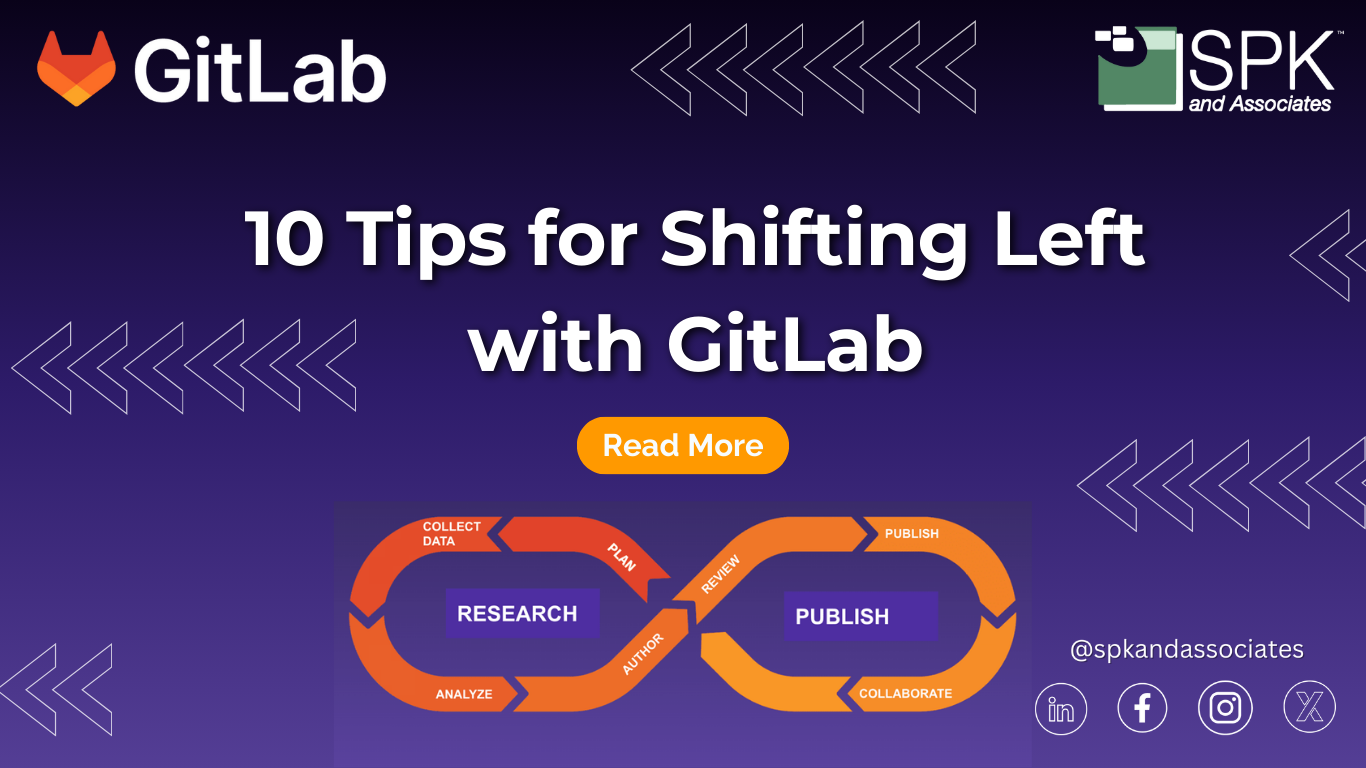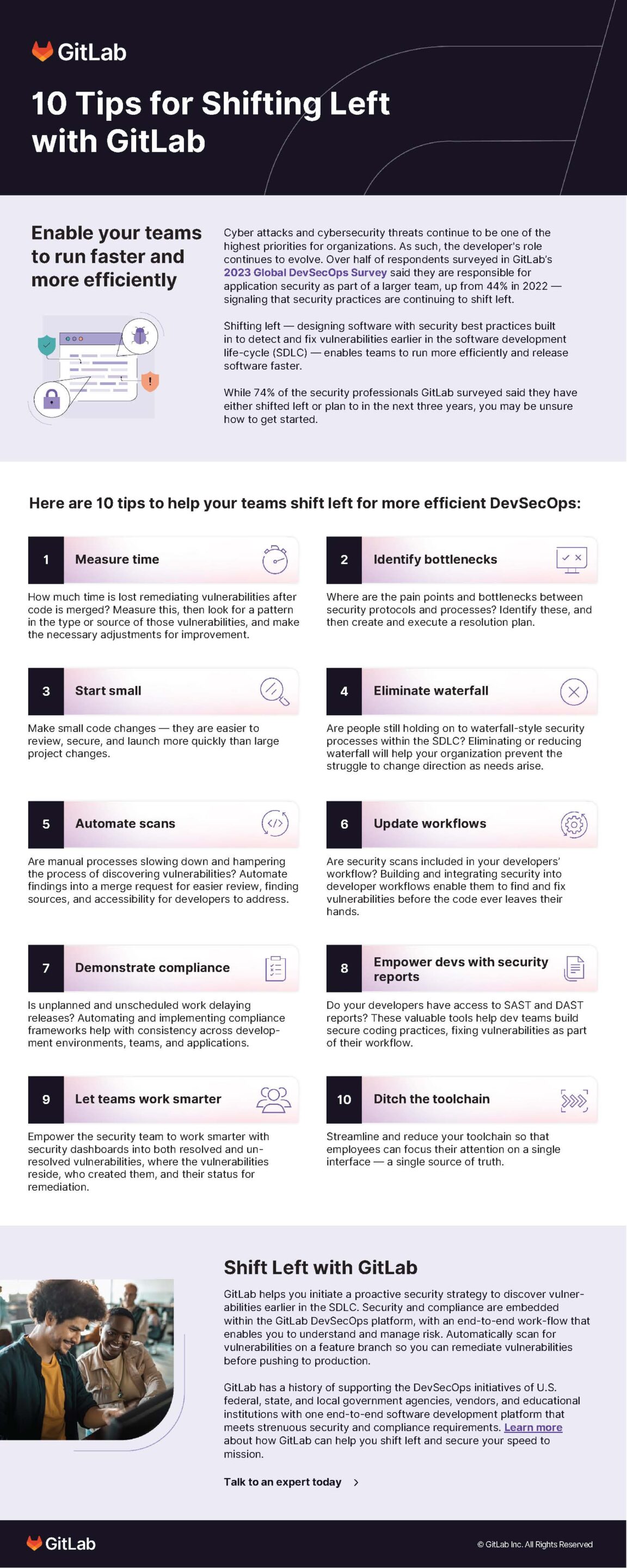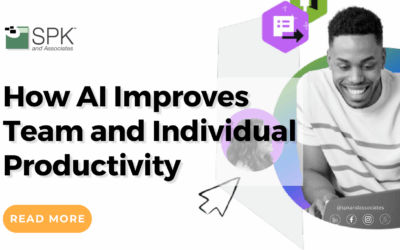As cyber attacks continue to evolve and proliferate, safeguarding digital assets has become a top priority for businesses across industries. This is where the concept of “shifting left” can be a crucial strategy for enhancing cybersecurity posture and streamlining software development processes. This is how and why you should shift – and how you can use GitLab to ensure your shift left is a success.
Understanding The Shift Left Concept
Shifting left refers to integrating security practices earlier in the software development life cycle (SDLC), fundamentally changing the approach to cybersecurity. Traditionally, security measures were often implemented as an afterthought, with developers focusing solely on functionality and performance during the initial stages of development. However, this reactive approach left vulnerabilities exposed, making systems susceptible to exploitation.

By shifting left, organizations prioritize security from the outset, embedding best practices into the development process itself. This proactive approach enables teams to detect and address vulnerabilities at an early stage, minimizing risks and reducing the likelihood of costly breaches down the line.
Why Shifting Left Matters
The consequences of security breaches can be catastrophic, resulting in financial losses, reputational damage, and legal liabilities. By integrating security into the SDLC, organizations can mitigate these risks, safeguarding sensitive data and ensuring compliance with regulatory requirements.
Moreover, shifting left offers numerous benefits beyond security. By identifying and addressing vulnerabilities early on, teams can:
- Streamline development workflows.
- Improve efficiency.
- Accelerate time-to-market.
This proactive approach fosters a culture of collaboration and innovation, empowering developers to focus on building high-quality, resilient software.
How to Shift Left with GitLab
GitLab is a leading provider of DevSecOps solutions. It offers a comprehensive platform for implementing your shift left strategy effectively. With its integrated set of tools and features, GitLab enables organizations to embed security into every stage of the development process, from planning and coding to testing and deployment.
Furthermore, GitLab’s Continuous Integration/Continuous Deployment (CI/CD) pipelines automate the testing and deployment process, allowing teams to identify and remediate vulnerabilities in real time. Therefore, by integrating security scans directly into the development workflow, developers can quickly identify potential threats. Moreover, they can address them before they escalate.
Lastly, GitLab provides great collaboration features, allowing teams to work seamlessly across departments and disciplines. And, with its centralized repository and built-in issue-tracking system, GitLab:
- Facilitates communication and transparency.
- Enables teams to collaborate effectively and resolve issues efficiently.
Why Partner with SPK & Associates for GitLab
While GitLab offers powerful tools for shifting left, partnering with a trusted provider like SPK & Associates can further enhance the value of your GitLab implementation. As a GitLab Partner, SPK brings unparalleled expertise and experience to the table, ensuring successful deployment and optimization of GitLab’s capabilities.
SPK’s Quick Start services are designed to deliver rapid value, allowing organizations to deploy GitLab quickly, securely, and efficiently. With SPK’s guidance, teams can leverage GitLab’s full potential, enhancing collaboration, and accelerating development cycles.
Moreover, we offer comprehensive support and training, empowering teams to maximize their productivity and proficiency with GitLab. From deployment automation to knowledge transfer, SPK ensures that organizations have the tools and resources they need to succeed. Contact us to learn more.









